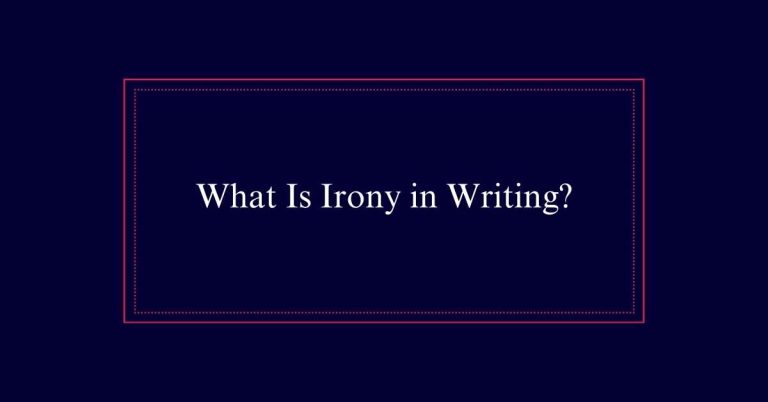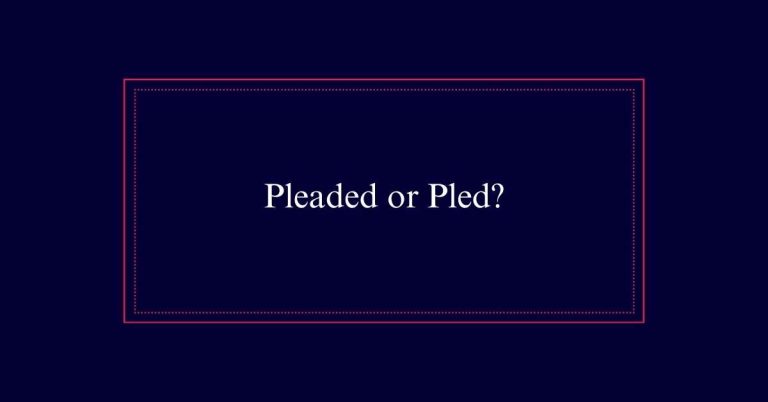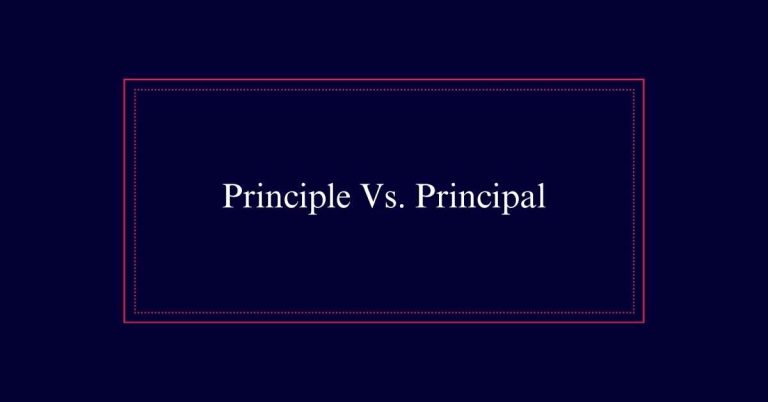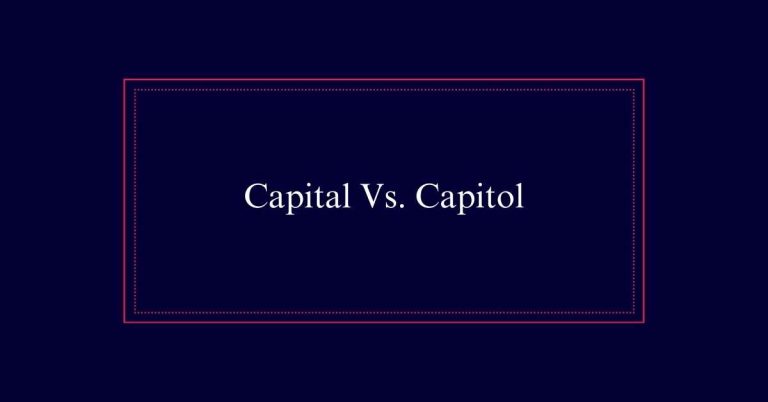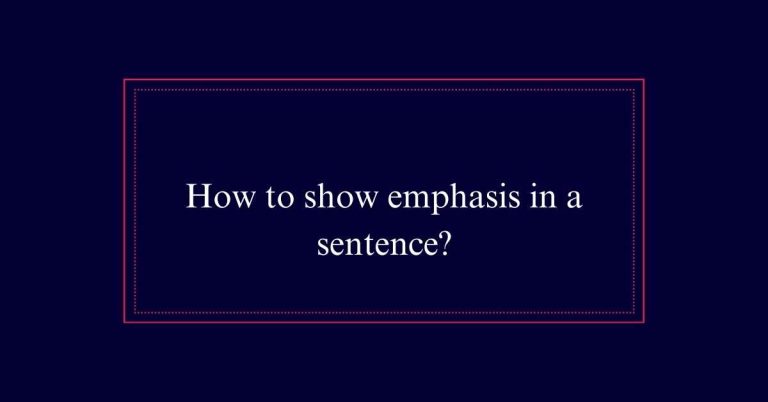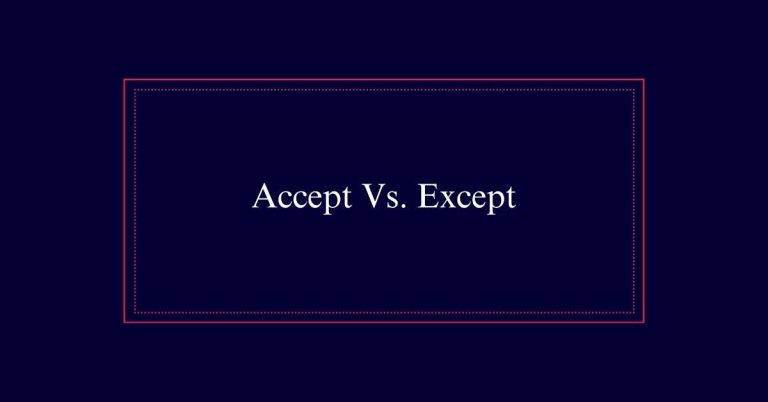What Is a Protagonist?
A protagonist is the central character in a story who propels the narrative forward. Originating from the Greek term ‘protagonistes’, meaning chief actor, the protagonist is pivotal in engaging readers with the story’s themes and conflicts. They often endure significant challenges, embody the narrative’s core values, and undergo considerable growth or transformation.
Classic examples include Don Quixote and Harry Angstrom. Importantly, a protagonist’s journey serves to evoke emotional responses and convey the story’s key messages. With multiple protagonists, a richer tapestry of perspectives is presented.
Definition and Origin
The term ‘protagonist’ originates from ancient Greece, where it referred to the chief actor in a drama. The word comes from ‘protagonistes,’ with ‘proto-‘ meaning first and ‘agonistes’ meaning actor or competitor.
In literature, the protagonist is the leading character, often seen as the hero, heroine, or champion of the story. This character drives the plot forward through their actions and decisions. Examples include Alonso Quixano in ‘Don Quixote’ and Harry Angstrom in John Updike’s Rabbit series.
The protagonist’s role is central, making them the focal point around which the narrative revolves. Their journey and development are vital to the story’s progression and overall impact on the audience.
Literary Significance
Fundamentally, understanding the protagonist’s role is crucial to grasping their literary significance. Protagonists drive the narrative forward by their actions and decisions. Through them, readers engage with the story’s central themes.
The protagonist’s journey often mirrors the reader’s emotional and intellectual exploration. By facing conflicts and overcoming obstacles, they highlight the human experience. Their development and growth provide depth to the plot.
Protagonists also serve as a focal point for the audience’s empathy. Their struggles and triumphs resonate on a personal level. This connection makes the story more compelling and relatable.
Classic Examples
Classic examples of protagonists illustrate the diverse ways leading characters can shape narratives and engage readers. Alonso Quixano, famously known as Don Quixote, sets off on whimsical adventures that reflect his idealism and madness.
Harry (Rabbit) Angstrom in John Updike’s Rabbit tetralogy navigates personal crises, offering a poignant look at American life.
A.J. Fikry, in ‘The Storied Life of A.J. Fikry,’ transitions from a curmudgeonly bookstore owner to a beloved community figure.
Each of these protagonists brings a unique perspective, propelling their stories forward. Their distinct traits and evolving journeys captivate readers, showcasing the broad spectrum of human experience.
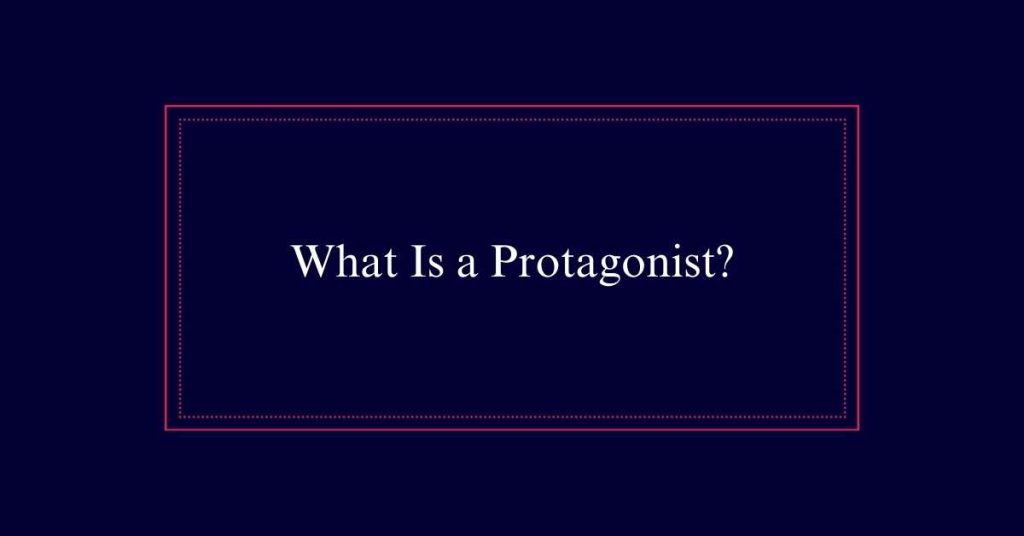
Multiple Protagonists
In literature, stories with multiple protagonists offer a rich tapestry of perspectives and plotlines. This approach allows for a more thorough and detailed narrative. Each protagonist can represent different viewpoints, motivations, and conflicts.
For instance, Leo Tolstoy’s ‘War and Peace’ masterfully intertwines the lives of several main characters, creating a multifaceted story. Multiple protagonists can also enrich the emotional depth of a tale, as readers invest in diverse characters.
Additionally, this technique can highlight varying themes and social issues within a single work. Writers often use multiple protagonists to explore broader societal contexts and human experiences.
Protagonist Vs. Antagonist
The protagonist and antagonist are central to creating conflict in a narrative. The protagonist drives the story forward, while the antagonist provides opposition. This dynamic creates tension and engagement.
Here are key points to understand:
- Role Definition: The protagonist seeks to achieve a goal, while the antagonist obstructs this aim.
- Nature of Conflict: Conflict can be external (another character or force) or internal (protagonist’s own struggles).
- Character Types: Antagonists are not always villains; they can have their own motivations and complexities.
- Narrative Impact: The interaction between protagonist and antagonist shapes the story’s direction and resolution.
Iconic Rivalries
Although protagonists and antagonists are essential to any story, some rivalries between these characters have become iconic in literature and popular culture.
Sherlock Holmes and Professor Moriarty exemplify a classic battle of wits, with Holmes’s intellect clashing against Moriarty’s criminal genius.
Harry Potter’s struggle against Lord Voldemort in J.K. Rowling’s series highlights the eternal conflict between good and evil.
Elizabeth Bennett and Lady Catherine De Bourgh in Jane Austen’s ‘Pride and Prejudice’ showcase societal and personal clashes.
In Shakespeare’s ‘Hamlet,’ the titular character’s conflict with King Claudius drives the narrative’s tragic depth.
Victor Hugo’s ‘Les Misérables’ presents Jean Valjean’s moral and ethical fight against Inspector Javert, embodying themes of justice and redemption.
False Protagonists
Some narratives employ the intriguing technique of false protagonists to subvert reader expectations and add complexity to the story. This literary device involves introducing a character who appears to be the main protagonist but is later revealed not to be. The use of false protagonists can create significant plot twists and deepen the narrative.
Consider the following key aspects:
- Initial Focus: The story starts by centering on the false protagonist.
- Sudden Shift: The false protagonist is removed from the story, often through death or departure.
- Reader Engagement: This shift forces readers to reassess their understanding of the plot.
- Unpredictability: It maintains suspense and keeps the audience guessing.
George R.R. Martin’s *Game of Thrones* series exemplifies this technique with Ned Stark’s character.
Crafting a Protagonist
Crafting a protagonist requires a deep understanding of the character’s desires, needs, and goals. Begin by identifying what drives them. Their motivations should be clear and relatable. This helps readers connect emotionally.
Next, consider their flaws and strengths. A well-rounded character is more believable and engaging. Also, think about their growth. How will they change throughout the story? This evolution can be subtle or dramatic.
Additionally, outline the central conflict they face. This conflict should challenge their goals and force them to grow. Avoid making their intentions too obvious; show rather than tell.
Modern Interpretation
In today’s literature, the concept of the protagonist has expanded beyond traditional roles to embrace more diverse and complex characters. Modern protagonists often reflect a wide range of human experiences and backgrounds. This evolution allows for richer storytelling and deeper connections with readers.
Key aspects of this modern interpretation include:
- Diverse backgrounds: Protagonists now come from various ethnicities, cultures, and social classes.
- Moral ambiguity: They often possess flawed characteristics, making them more relatable.
- Multiple perspectives: Stories may feature several protagonists, each with a unique viewpoint.
- Complex motivations: Modern protagonists have intricate goals and desires, emphasizing their humanity.
Historical Figures
Historical figures often serve as real-life protagonists, shaping the course of events through their actions and decisions. Leaders like Winston Churchill, Mahatma Gandhi, and Martin Luther King Jr. exemplify this role. Their visions and choices altered the trajectories of nations and societies.
Churchill’s resolve during World War II, Gandhi’s nonviolent resistance, and King’s civil rights advocacy highlight the profound impact of individual protagonists in history. These figures faced formidable antagonists, whether in the form of oppressive regimes, discriminatory laws, or societal inertia. Their struggles and triumphs offer compelling narratives that mirror the dynamics found in literature.

